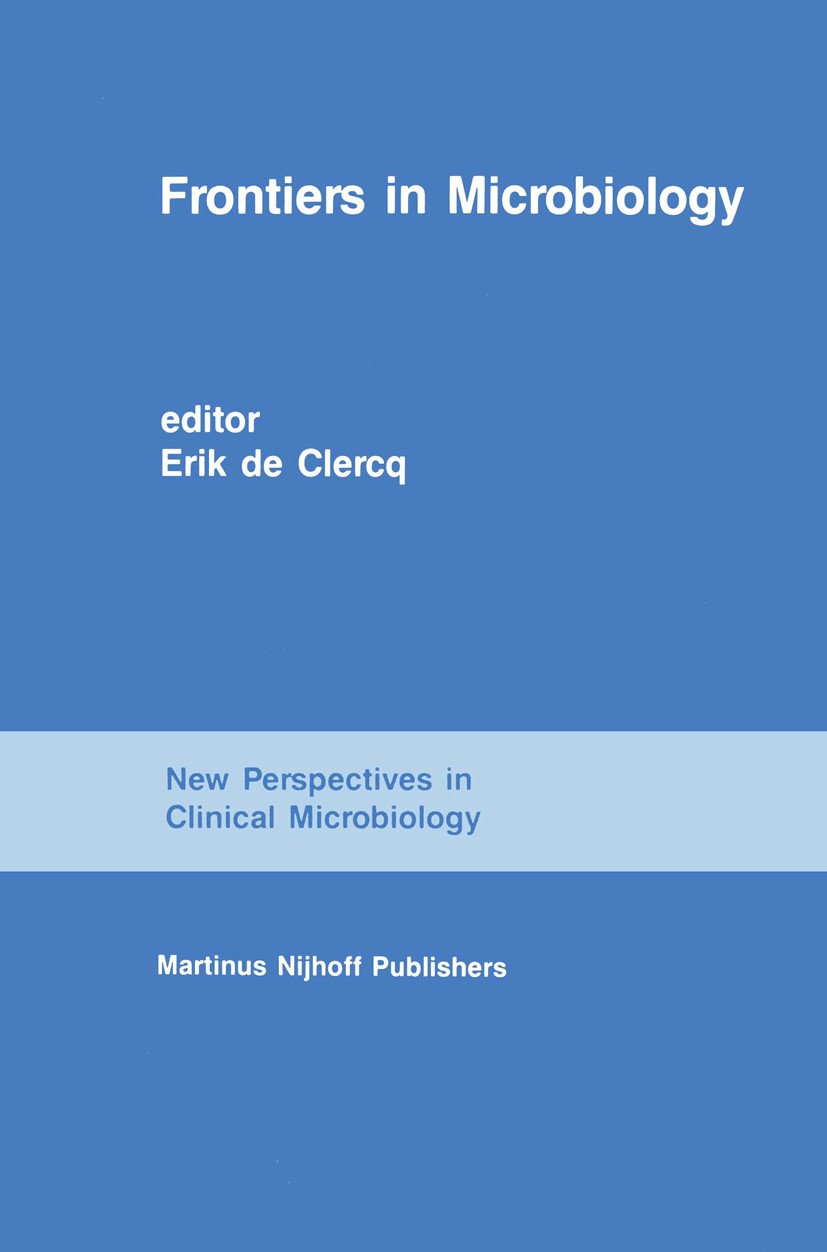摘要
布鲁氏菌病被认为是一种常见的细菌性人畜共患病,在中东和地中海地区国家发病率很高,对经济和公共卫生都有影响。本研究旨在调查阿尔及利亚北部梅代阿省(Médéa)和西迪贝勒阿巴斯省(Sidi Bel-Abbès)饲养的小型反刍动物的布鲁氏菌病现状。为此,研究人员从疑似感染动物身上采集了 96 份血清样本(77 份绵羊血清样本和 19 份山羊血清样本)和 57 份牛奶样本(42 份绵羊牛奶样本和 15 份山羊牛奶牛奶样本),并使用 ELISA 方法进行了血清学分析。为了分离布鲁氏菌属,对 4 个胎盘、2 个胎儿和 44 份牛奶样本进行了微生物学调查。采用全基因组测序(WGS)对分离出的布鲁氏菌进行基因组分析。研究结果显示,在 46 份(83.6%)和 52 份(54.2%)牛奶和血清样本中分别检测到了抗布鲁氏菌抗体。然而,在 27 例血液样本呈阴性的病例中,仍有 19 例在相应的牛奶样本中检测到抗布鲁氏菌抗体,总体不一致率为 36.5%。从 6 只绵羊和 4 只山羊身上分离并鉴定出 10 种布鲁氏菌。其中,8 株来自牛奶样本。利用多焦点序列分型法(MLST)将分离出的菌株归入序列类型 ST-11。五株具有高度相似性(0-2 个核苷酸差异)的分离株来自不同的牧场,这表明它们之间存在密切的传播联系。不过,相比之下,两个相同的山羊病毒分离物和另外三个分离物显示出明显的基因型差异。碱基差异最大(449-462 个核苷酸)的是来自 Sidi Bel-Abbès 的一个绵羊分离株。通过系统发生学分析和与西地中海梅里金氏菌系的聚类分析,发现所调查的分离株与来自北非的人源梅里金氏菌和与旅行相关的 "欧洲 "病例,特别是来自摩洛哥、突尼斯、瑞典和意大利的病例具有高度的遗传相似性。这项研究的结果突出表明,小反刍动物布鲁氏菌病是一个重大的公共卫生风险,将有助于在阿尔及利亚制定有效的控制策略。通过从牛奶中分离布鲁氏菌,并将这些分离物与阿尔及利亚和国外的人类病例联系起来,这些发现为这一风险提供了具体证据。使用基于 WGS 的分析方法可以有效追踪传播模式,建议用于高分辨率追踪疫情爆发。Brucellosis is considered a common bacterial zoonotic disease of high prevalence in countries of the Middle East and the Mediterranean region with economic and public health impact. The present study aimed to investigate the current situation of brucellosis in small ruminants reared in Médéa and Sidi Bel-Abbès provinces, north Algeria. To achieve this objective, 96 sera (77 sheep and 19 goat) and 57 milk (42 sheep and 15 goat) samples were collected from suspected infected animals and serologically analyzed by using ELISA. For isolation of Brucella spp., four placentas, two fetuses and forty-four milk samples were subjected to microbiological investigation. Whole genome sequencing (WGS) was used for genomic analysis of isolated Brucella species. The results of this study showed that anti-Brucella antibodies were detected in 46 (83.6%) and 52 (54.2%) milk and serum samples, respectively. However, among 27 cases where blood samples were negative, anti-Brucella antibodies were still detected in 19 of the corresponding milk samples, resulting in an overall discordance rate of 36.5%. Ten Brucella melitensis were isolated and identified from six sheep and four goats. Of these, eight originated from milk samples. The isolated strains were assigned to sequence type ST-11 using Multilocus sequence typing (MLST). Five isolates revealing high similarity (0-2 nucleotide differences) originated from different farms, indicating a close transmission link. However, two identical caprine isolates and three other isolates showed notable genotypic variation, in comparison. The highest base difference (449-462 nucleotides) was observed for an ovine isolate originating from Sidi Bel-Abbès. The phylogenetic analysis and clustering with the West Mediterranean lineage of B. melitensis revealed high genetic similarity of the investigated isolates with B. melitensis of human origin from North Africa and travel-associated 'European' cases, especially from Morroco, Tunisia, Sweden and Italy. The results of this study highlight brucellosis in small ruminants as a significant public health risk and will help to develop effective control strategies in Algeria. These findings provide specific evidence of this risk, with Brucella isolation from milk and by linking theses isolates to human cases in Algeria and abroad. The use of WGS-based analysis has revealed effective in tracing patterns of transmission, and can be recommended for tracking outbreaks at a high resolution.

 求助内容:
求助内容: 应助结果提醒方式:
应助结果提醒方式:


